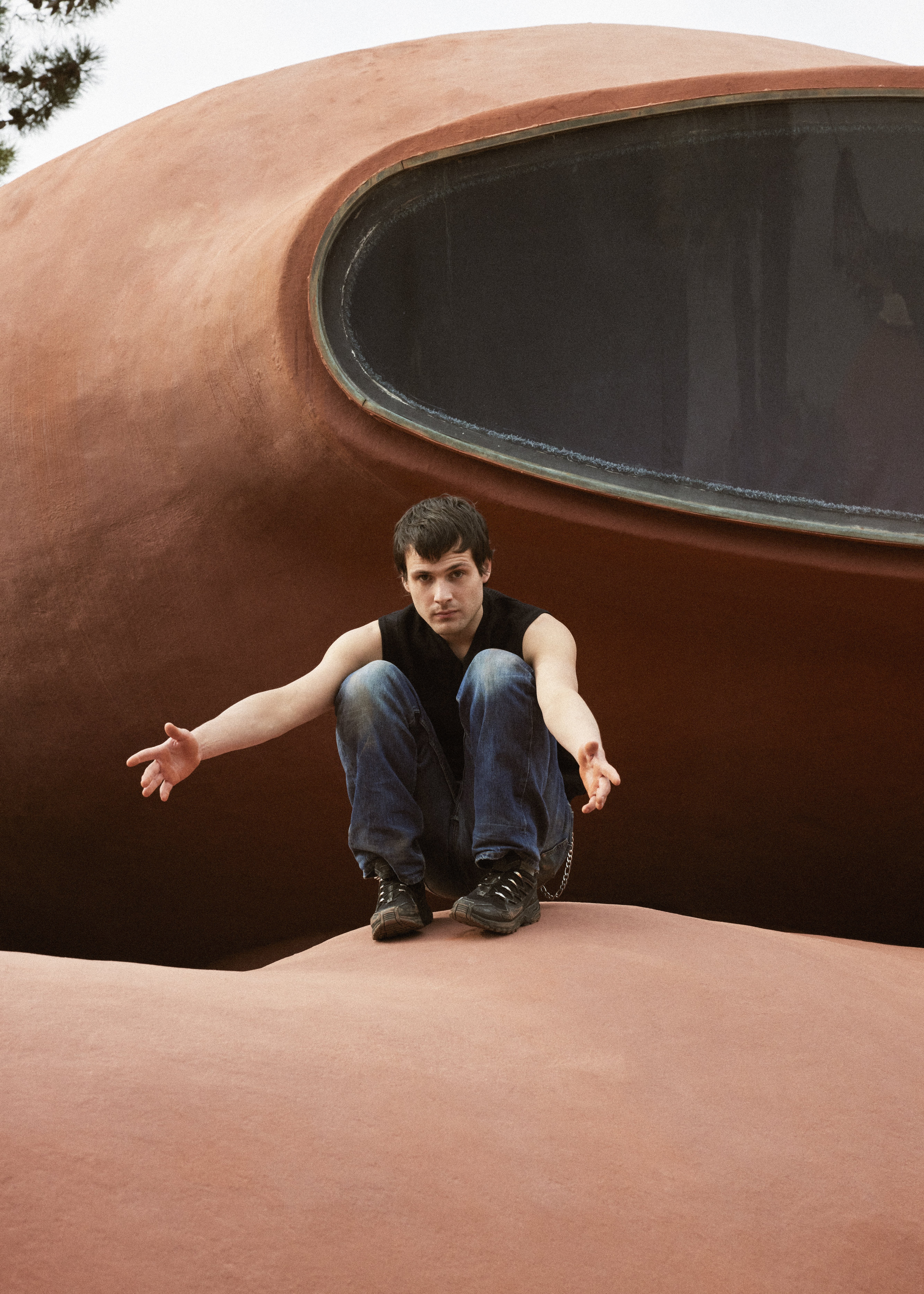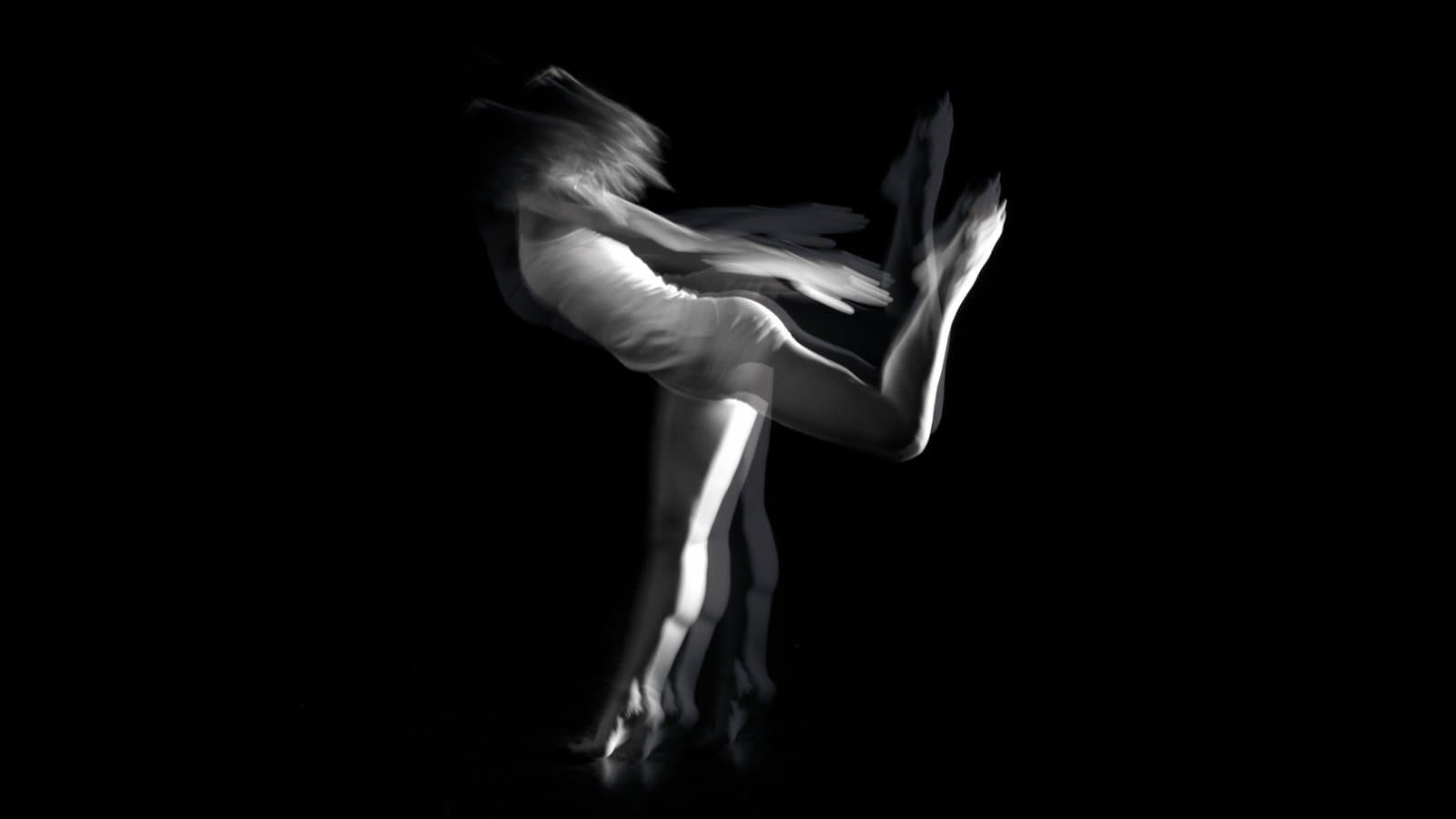How contact improvisation took root in France
From the Vault: How contact improvisation took root in France
Hélène Caillet, Claire Delcroix, Juliette Riandey
Contact improvisation is a movement practice from the early 1970s that aims to explore, through the freedom of improvisation, the possibilities of a dancing body in contact with one or more other dancing bodies. Created by dancer and choreographer Steve Paxton, who passed away earlier this year at the age of 85, this form of dance invites participants to collectively explore weight, momentum, inertia, gravity, and friction.
 © Fonds Claudio Rey, Médiathèque du CN D
© Fonds Claudio Rey, Médiathèque du CN D
In 1978, Steve Paxton and Lisa Nelson led a summer workshop introducing the practice based on relationships of balance, strength, and presence with ‘the Other,’ to French dancers at the Centre International de la Sainte-Baume in Provence. At the end of the workshop, a number of participants, keen to extend the experience, decided to meet up again to pursue their artistic research together. Suzanne Cotto, Didier Silhol, Mark Tompkins, Martine Muffat-Joly, Edith Veyron, Anne Fournier, and Pierre Riou thus began working together under the name Atelier Contact. By 1979, the group was offering contact improvisation classes, workshops, and performances in Paris, bringing the practice to the capital. Following in the footsteps of Steve Paxton and Lisa Nelson, in 1982 they organized the very first International Contact Improvisation Symposium (“Rencontre internationale de contact improvisation”) at the same Centre international de la Sainte-Baume where they had met.
In 2020, Suzanne Cotto and Martine Muffat-Joly entrusted the archive of the Atelier Contact association, which officially ceased its activities in 1985, to the CN D. Resulting from the meticulous collection of documents by former members, the archive includes traces of the first visits to France by the American collective Freelance Dance (composed of dancers Lisa Nelson, Christina Svane, Dany Lepkoff, Patricia Bardi, Nancy Stark Smith, and Steve Paxton) which helped spread contact improvisation internationally as early as 1978. The collective came to Paris for the first time in 1981, at the invitation of Atelier Contact, as evidenced by a promotional poster evoking, with subtlety and humor, a singular relationship to time and the body.
 © Fonds Atelier Contact, Médiathèque du CN D
© Fonds Atelier Contact, Médiathèque du CN D
The archive also contains a program of performances at the American Center in Paris’s 14th district, whose text weaves the metaphor of time. The piece Raft, for example, presents a “10,000-year pause” midway through, and another improvisation is based on “5,000,000 years of instincts and reflexes.” Other documents describe the organization of several workshops, lecture-demonstrations, and shows spread out over two weeks across Paris, testifying to Atelier Contact’s vitality and the group’s desire to share its activities.
The collection of photographer Claudio Rey, also archived by the CN D, completes this written documentation with images taken during the performances at the American Center. Together, they preserve a trace of these historic events that let do the flourishing of contact improvisation dance in France.
Within the Patrimony, Video and Editing department in the CN D, Juliette Riandey is head of Collections and Dissemination, Hélène Caillet and Claire Delcroix both work as archive librarians.


















